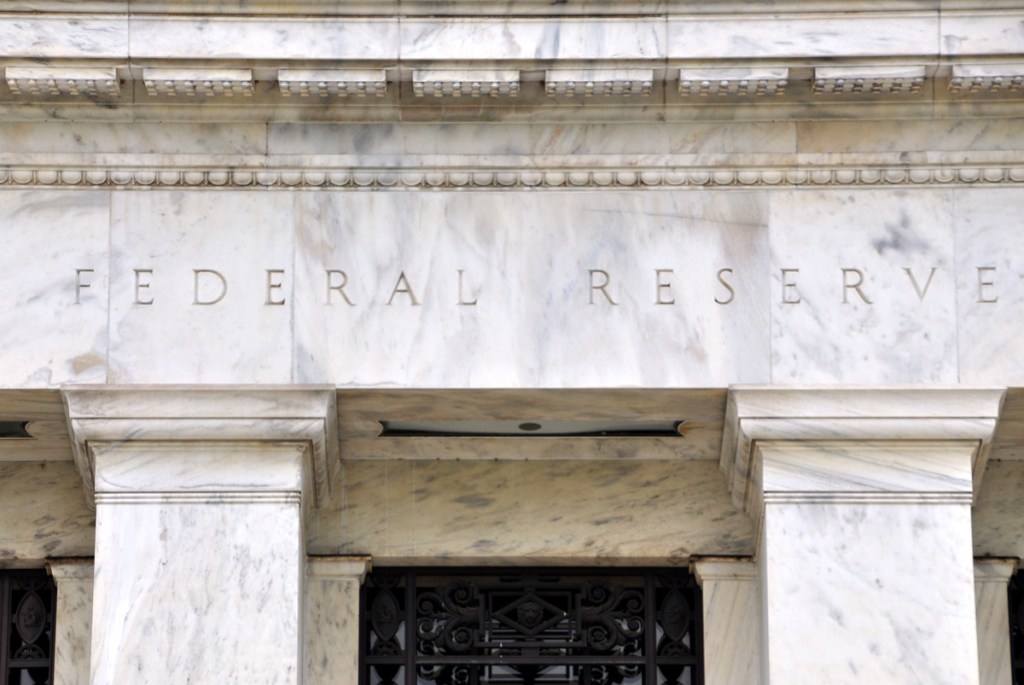The Federal Open Market Committee left future economic policies virtually unchanged at its Wednesday meeting, indicating that short-term mortgage rates will stay low for years to come.
“The pace of the recovery in economic activity and employment has moderated in recent months, with weakness concentrated in the sectors most adversely affected by the pandemic,” the FOMC added to its updated policy statement.
The Fed added that it will watch “progress on vaccinations” with regard to the path of the economy. The CDC estimates that since Dec. 14, over 24 million vaccines have been administrated.
As for asset purchases, the FOMC also made clear that the committee is waiting for “substantial further progress” on economic recovery before they begin to taper their bond purchases of $120 billion a month. This reinforces the statements of Fed Vice Chairman Richard Clarida earlier this month.
Overall, Federal Reserve purchases have helped to drive mortgage rates and other loan interest rates to the lowest level on record by boosting competition for bonds, which compresses yields.
Though the Fed has not set a date for tapering its purchases, in a Wednesday press conference, Fed Chairman Jerome Powell reiterated the Committee’s intent to keep interest rates low until labor market conditions and inflation hit the FOMC‘s standards of maximum employment and inflation moderately exceeding 2% for some time.
HousingWire’s virtual demo days are designed specifically to help mortgage industry decision makers identify the technology solutions they need to operate efficiently and securely. Tune in February 2nd to experience demos from the most innovative loan origination and valuation tech companies.
In response to the FOMC’s Wednesday release, Mortgage Bankers Association Chief Economist Mike Fratantoni said economists are now asking whether a burst of inflation, and a quick drop in the unemployment rate, will be sufficient enough to cause the Fed to at least begin thinking about slowing their asset purchases.
“The announcement of such a change in plans would impact market rates well in advance of the actual change,” Fratantoni said.
But Powell said the whole focus on exit is premature.
“We’re focused on finishing the job we’re doing, which is supporting the economy, and giving the economy the support it needs,” Powell said.
Powell also expects to see inflation readings tick higher in the coming months, however, that spike would likely be brief. He said the Fed plans to be patient and likely not even react immediately if small changes do occur.
Previously, Fratantoni had compared the current economic plan to that of 2013’s “taper tantrum” when former Fed Chairman, Ben Bernanke, announced that the Fed would be reducing the pace of its purchases of Treasury bonds to reduce the amount of money it was feeding into the economy.
Bond yields immediately jumped, giving birth to the phrase, “Taper Tantrum,” though Powell said history will not likely repeat itself this time around.
The Fed also once again applauded the housing market for its resilience throughout the pandemic – thanks to low mortgage rates and such high demand. Though the two factors have put upwards pressure on home price appreciation for months, Powell said it is a “passing phenomenon.”
“There was a lot of pent-up demand. It’s a one-time thing happening with people who are spending all of their time in their house and thinking ‘I need a bigger house or I need another house.’ But this is a one time shift in demand that we think will get satisfied, and supply will be called forward so price increases are unlikely to be sustained,” Powell said.
CoreLogic’s Case-Shiller index revealed home prices rose 9.5% nationally year-over-year in November, the greatest annual growth rate since February 2014.





